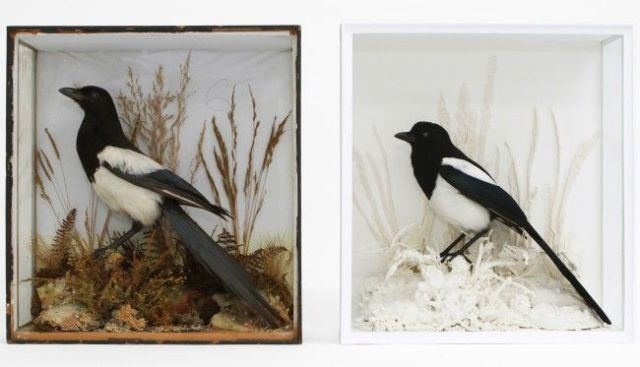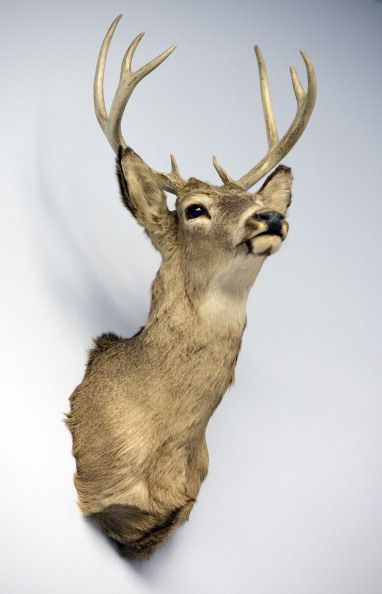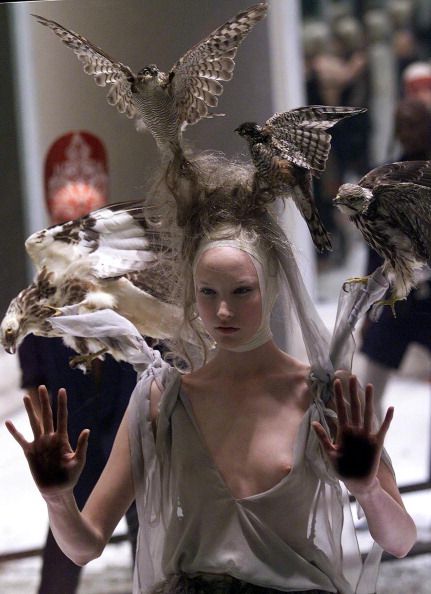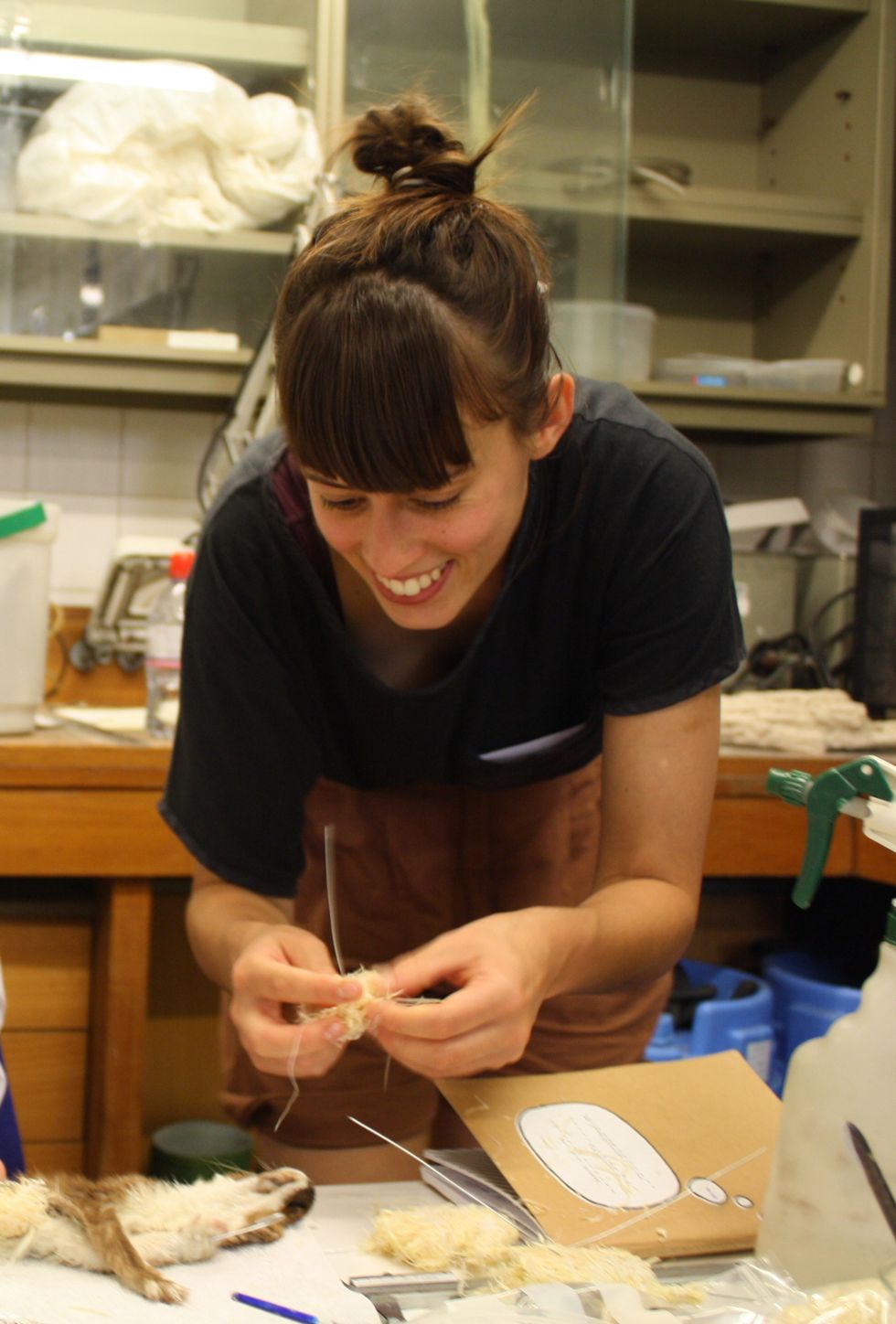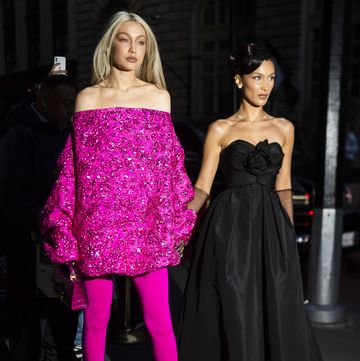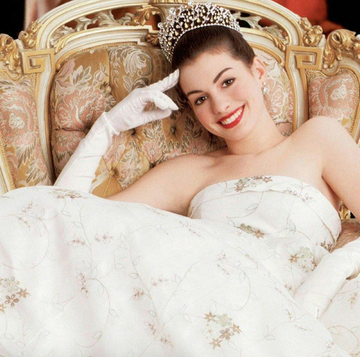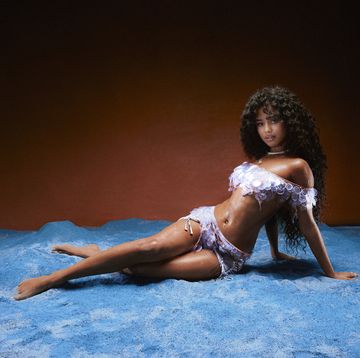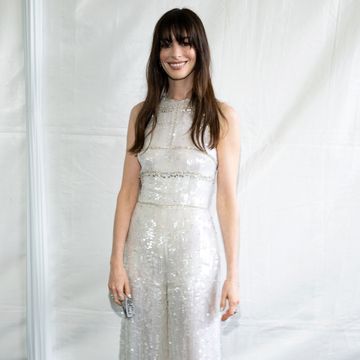Taxidermy, once a word that conjured up images of moth-eaten and seldom-visited antique shops and Victorian Gentleman's clubs, is now experiencing a massive renaissance thanks to a new breed of ethical taxidermist.
The art of preparing, stuffing and mounting the skins of dead animals can be traced back to the 1600s, though the golden age for taxidermy was the Victorian era, a period that was characterised by fascination with death and memento mori. Queen Victoria herself was famously an avid collector of stuffed birds.
Although there was a decline in the popularity of taxidermy after the Victorian era, the fad of stuffing animals has never really died out (excuse the pun).
Deyrolle, a Parisian emporium of different taxidermy species spread across two floors, has been running since 1831. Closer to home, east London's quirky bar Satan's Whiskers is stuffed with lifelike animals, from a smoking monkey to a hat-wearing badger, drawing in fans of the weird and wonderful.
Thanks to Damien Hirst's art in the 1990s, like the lamb in a tank of formaldehyde solution, and Alexander McQueen's Spring/Summer 2001 collection, where stuffed eagles were suspended over models' heads in a Hitchcockian manner, taxidermy became au courant again. London-based artist Polly Morgan, who uses taxidermy to create works of art that sell for £8,000 to £30,000, has also helped to revive the 'dying art'.
But Morgan aside, taxidermy has traditionally been seen as the preserve of men, with history's roster of famous taxidermists including John James Audubon, John Edmonstone, and Walter Potter.
Now however, a new vanguard of young, female and ethically-minded taxidermists have come to the fore, distinguished by their mantra of never killing for the sake of taxidermy and more attracted to taxidermy for the idea of creating something in the Etsy-shop sense.
The Horniman Museum in London has just opened a new display that pays tribute to taxidermy, featuring work by ethical taxidermist Jazmine Miles-Long. Jazmine, who has worked as a full-time taxidermist since 2007 in her Hastings workshop, only works with animals that have died of natural causes or as a result of a road casualty. She also happens to be a vegetarian.
'Taxidermy is not treated with the same respect as other crafts and taxidermists themselves are often not listed with the work and in a lot of cases are completely forgotten' she tells me.
'Its association with hunting and collecting has obviously not helped,' she adds. 'Through my work I aim to challenge the perceptions of taxidermy, highlighting the importance of the craft as part of our cultural heritage.
'When I started, female taxidermists were definitely more of a rarity but now I would say those interested in learning are predominately women.'
According to Rosemary Hamilton at the London Taxidermy Academy, 50% of taxidermy students are vegan or vegetarian, and 90% are female.
'I think it's partly because of the rising trend for crafts in general and the use of taxidermy in contemporary art,' Jazmine adds.
There is now even a how-to manual on taxidermy on the market, written by ethical taxidermists Divya Anantharaman and Katie Innamorato,
The first page reads: 'We are part of a new generation that is interested in both the craft and precision of traditional taxidermy and in pushing the boundaries to allow each person's unique interpretation to come through.'
'Taxidermy is all about appreciating nature, preserving and paying respect to something that would otherwise be left to rot,' they write. 'Aside from its scientific and artistic purposes, taxidermy serves as a beautiful reminder of our own mortality, capturing the ephemeral in a perfect moment.'
